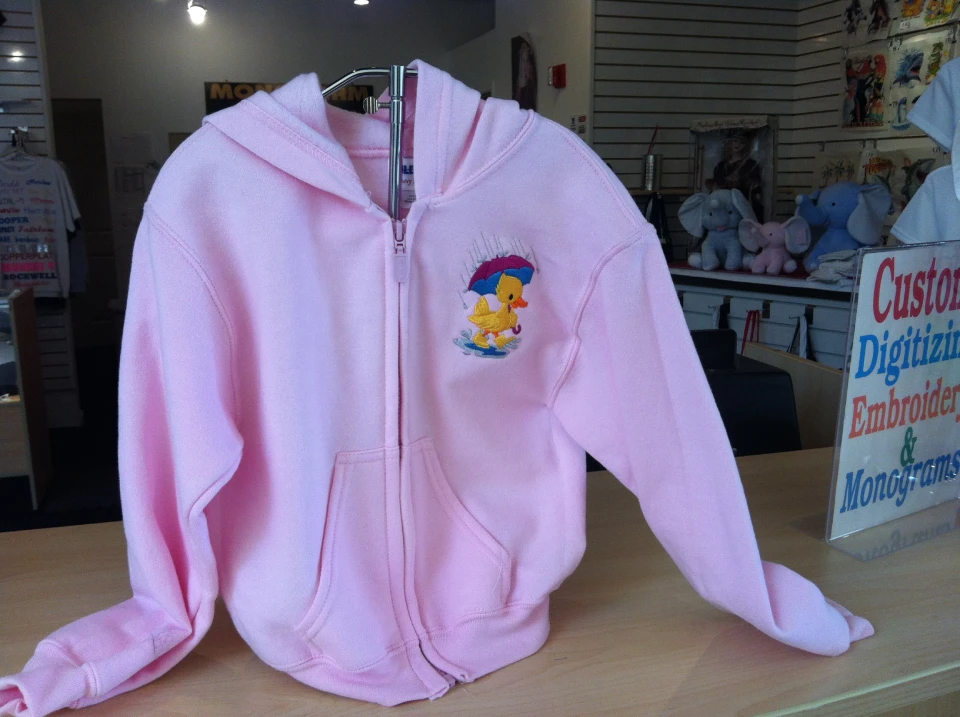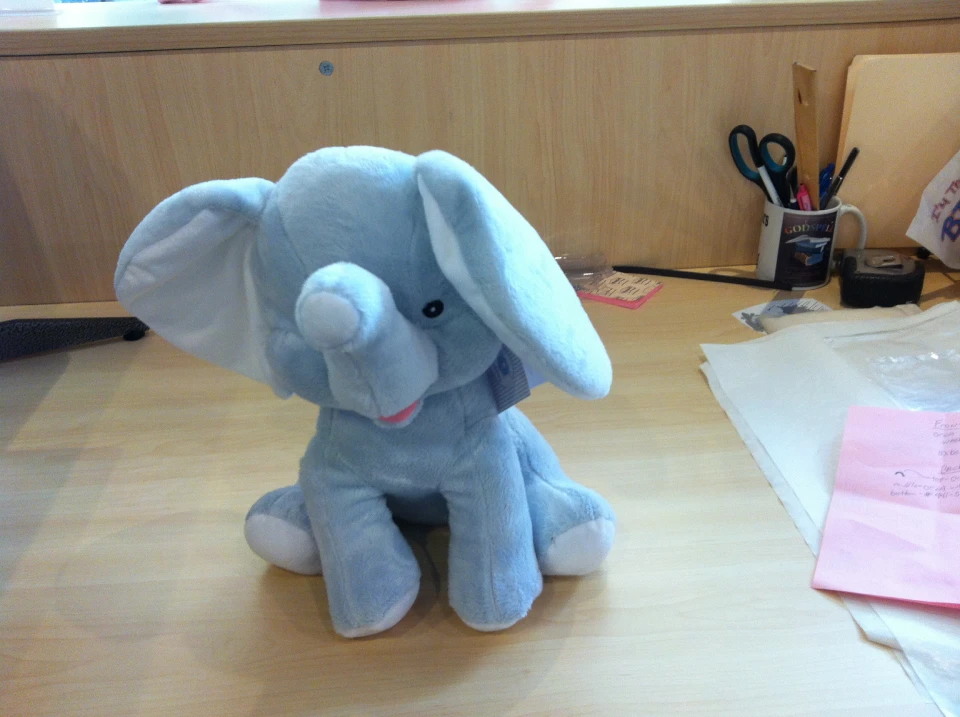Stylish Monogramming on Towels for a Touch of Luxury
Stylish Monogramming on Towels for a Touch of Luxury
Blog Article
The Art of Custom-made Needlework: Unlocking the Secrets to Creating Unique and Unforgettable Designs
Needlework, a craft soaked in custom and creativity, holds within its intricate stitches the power to change material into a canvas of one-of-a-kind expression. The keys to developing customized embroidery styles that captivate the eye and leave an enduring impact depend on a fragile equilibrium of strategy, creativity, and attention to information. As we explore the world of customized needlework, we uncover the nuanced interplay between thread selection, sew intricacy, and style personalization that elevates a mere garment to a job of art. Join us on a journey through the art of custom embroidery as we untangle the secrets behind crafting really remarkable and distinctive productions.
Picking the Right Needlework Threads
When selecting needlework threads, what crucial factors should you think about to make certain the most effective results for your personalized designs? The selection of needlework string is vital in determining the final result of your embroidered layout. One of the key considerations is the material of the string. Various materials such as cotton, polyester, rayon, and silk provide varying degrees of sheen, toughness, and texture. It is important to select a string product that matches the material you are stitching on and straightens with the wanted appearance of the design.
Moreover, the weight or density of the string plays a substantial duty in the appearance of the needlework. Thicker strings can include dimension and appearance to your style, while finer strings are perfect for intricate information and small text. Additionally, thinking about the shade fastness and washability of the string is crucial to make certain that your custom-made layouts preserve their high quality and vibrancy over time. By meticulously reviewing these variables and picking high-grade threads that meet your certain demands, you can enhance the aesthetic appeal and long life of your embroidered productions.
Discovering Different Stitch Techniques
To dig right into the realm of 'Exploring Different Stitch Strategies', one need to grasp the ins and outs and nuances that each sewing method offers the art of embroidery. Different stitch methods not just include visual rate of interest but likewise add to the general appearance and dimension of the layout. One preferred stitch strategy is the satin stitch, which involves closely stuffed parallel stitches to create a smooth and shiny surface area, ideal for filling up in shapes and creating strong outlines.
On the other hand, the backstitch is a flexible strategy typically used for laying out and adding great information. It entails stitching backwards to develop a strong line of embroidery. Furthermore, the French knot stitch adds a responsive component to styles, best for developing distinctive accents like blossom facilities or ornamental touches.
Discovering different stitch strategies permits embroiderers to have fun with light, darkness, and depth within their layouts, elevating the visual charm and creative high quality of their needlework tasks. By grasping different sewing techniques, one can open countless opportunities for producing unique and memorable custom embroidery items.
Incorporating Personalized Layout Components
Having discovered the complexities of different stitch strategies such as the satin stitch, backstitch, and French knot, the emphasis now shifts in the direction of including personalized design components in custom-made embroidery tasks. Individualized style aspects play a vital function in making embroidery projects truly unique and memorable.
Another way to include tailored style elements is by including icons or concepts that hold special definition to the recipient or reflect their visit this page passions and character. Integrating a favored flower, pet, or hobby-related sign can make the embroidery layout more significant and personalized. Furthermore, selecting colors that resonate with the recipient or straighten with the intended style can additionally enhance the personalization of the needlework project.
Grasping the Art of Color Control

One key facet of color control is understanding shade concept. This includes knowing exactly how various colors engage with each various other, the emotions they communicate, and exactly how they can be integrated to develop visually attractive layouts. By using color theory principles, embroiderers can develop harmonious color combinations that boost the overall look of the layout.
Additionally, paying interest to comparison is crucial in color sychronisation. Using contrasting colors can assist particular components of the design pop, improve clarity, and develop a visually vibrant needlework item. By understanding the art of color coordination, embroiderers can raise their designs and produce remarkable items that reverberate with customers and viewers alike.
Enhancing Structure With Advanced Needlework Stitches

French knots, as an example, are ideal for adding small, elevated dots to your design, simulating the look of beads or creating a distinctive surface. Bullion knots, on the various other hand, can be utilized to develop twisted, ropelike aspects that include an elegant feel to the embroidery. Seed sewing entails little, scattered stitches that can fill in areas with a speckled texture, while turkey job develops cosy, dimensional accents reminiscent of pet hair or vegetation. Trying out with these innovative embroidery stitches enables you to push the limits of conventional embroidery and create genuinely distinct and visually appealing appearances in your layouts.
Conclusion
To conclude, the art of custom-made needlework involves a mix of selecting the best strings, checking out various stitch methods, including tailored style elements, understanding color control, and boosting texture with advanced stitches. By recognizing and executing these crucial link elements, embroiderers can create one-of-a-kind and remarkable layouts that showcase their creativity and skill. Needlework lovers can open the tricks to creating gorgeous and custom pieces that attract attention and leave a long lasting impact.
Report this page